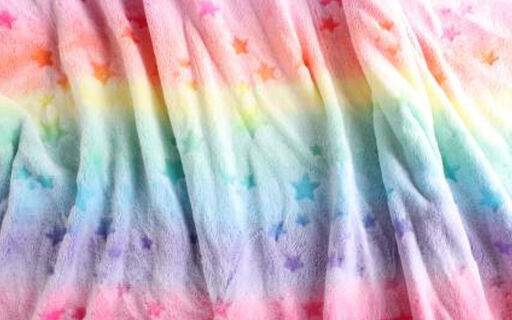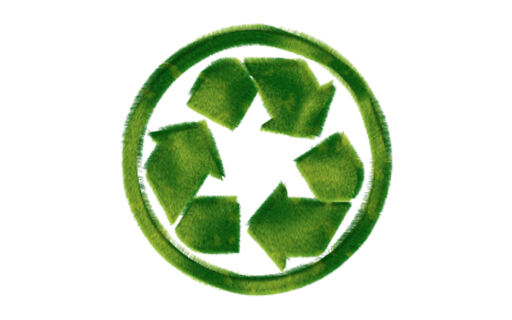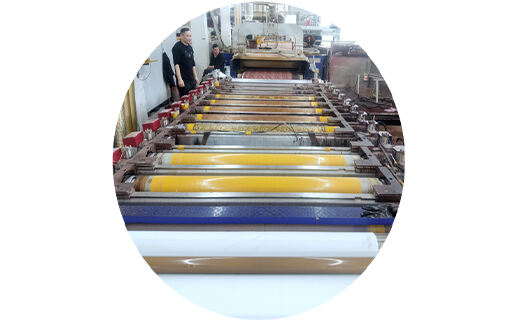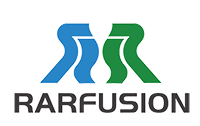
Flannel is a soft, medium-weight fabric typically made from cotton, wool, or synthetic fibers. It is known for its warmth and softness, often featuring a slightly fuzzy surface due to a brushing process. Polyester flannel is a type of flannel fabric made entirely from polyester fibers. It mimics the soft, fuzzy texture of traditional cotton or wool flannel but with added durability and ease of care due to its synthetic nature.
Polyester flannel is commonly used for:
Sheets and blankets
Pajamas and loungewear
Linings for jackets and coats
Quilts and craft projects
Baby blankets and accessories
Softness: The fabric's surface is brushed to create a soft, fuzzy texture, providing a comfortable feel against the skin. but cotton flannel tends to feel more natural against the skin.
Durability: Polyester flannel is generally more durable and resistant to wear and tear.
Care: Polyester flannel is easier to care for, with less shrinkage and fewer wrinkles.
Breathability: Flannel allows air to circulate, preventing overheating while still keeping the wearer warm. But cotton flannel is more breathable than polyester flannel.
Warmth: Flannel is highly regarded for its ability to retain heat, making it ideal for cold weather garments and bedding. Both provide warmth, but polyester flannel can feel less insulating than cotton flannel.
Absorbency: Both comfort as it can wick moisture away from the body.
Durability: Flannel is a strong and long-lasting fabric, especially when made from high-quality materials and properly cared for.
To care for polyester flannel fabric:
· Washing: Machine wash in cold or warm water on a gentle cycle. Use a mild detergent.
· Drying: Tumble dry on low heat or air dry to prevent damage.
· Ironing: Iron on a low setting if necessary, but polyester flannel typically resists wrinkles.
· Storage: Store in a cool, dry place to maintain freshness.
Polyester flannel does not shrink as much as cotton flannel. It maintains its shape and size better through washing and drying.
Polyester flannel is less breathable than cotton flannel. It can trap heat more effectively, which might be beneficial in colder weather but could feel less comfortable in warmer conditions.
Polyester flannel can be used year-round, but it is especially favored in colder months due to its warmth. For warmer seasons, lightweight polyester flannel might be a better choice.
To reduce pilling:
· Wash flannel inside out.
· Use a gentle cycle.
· Avoid high heat in the dryer.
· Limit friction by not overloading the washing machine.

Polyester flannel is less environmentally friendly compared to natural fibers like cotton or wool. Polyester is derived from petroleum, a non-renewable resource, and is not biodegradable. However, some polyester fabrics are made from recycled materials, which can reduce environmental impact.

Polyester flannel can be dyed and printed, but the process requires different dyes and techniques compared to natural fibers. It is often printed with patterns and colors during the manufacturing process.
Polyester flannel tends to be more stain-resistant than cotton flannel due to its synthetic nature. Stains are often easier to remove with regular washing.

· Yarn Preparation
Select appropriate fibers and yarns for weaving flannel.
· Spinning
Spin the fibers into yarn, ensuring the yarn's strength and uniformity.
· Weaving
Weave the yarn into greige fabric using plain or twill weave.
· Unrolling Fabric
Unroll the greige fabric from the roll, preparing it for further processing.
· Presetting
Perform initial setting on the greige fabric to ensure dimensional stability during subsequent processes.
· Dyeing/Printing
Dye or print the greige fabric according to design requirements.
· Dehydration
Remove excess water through centrifugation or pressing.
· Fabric Aligning
Align and straighten the fabric to ensure a smooth surface.
· Drying
Dry the fabric using hot air or roller equipment.
· Raising
Use a raising machine to create a nap on the fabric surface, enhancing softness and warmth.
· Combing
Comb the raised fabric to make the nap more uniform and smooth.
· Shearing
Shear the combed nap to ensure consistent height.
· Fleece Processing
Further process the flannel to enhance its plushness and softness.
· Finished Product Setting
Perform final setting on the finished flannel product to ensure stable dimensions and shape.
Standard Colors:
1. Most suppliers offer a range of solid colors. These typically include a variety of neutral tones, pastels, and vibrant colors.
Custom Colors:
1. Custom colors can be produced, especially for larger orders. This involves matching colors to specific standards such as Pantone or custom samples.
Seasonal and Trend Colors:
1. Manufacturers often provide colors that align with seasonal trends and fashion forecasts.
Printed Patterns:
1. Flannel fabric can feature various printed patterns such as plaids, stripes, checks, and polka dots. Printing techniques include screen printing, rotary printing, and digital printing.
Custom Patterns:
1. Custom patterns can be designed and applied, but this typically requires larger minimum orders and additional setup. Customization might include unique designs, logos, or graphics.
Textured Patterns:
1. While less common, some flannels might feature texture patterns or embossed designs created during the fabric's finishing process.
Consult Suppliers: Reach out to fabric suppliers or manufacturers to explore available options. They can provide samples, swatches, and digital proofs for custom designs.
Consider End Use: Think about the intended use of the flannel fabric. For clothing, you might prefer classic patterns and solid colors, while for home décor or other applications, you might explore more diverse patterns and colors.
How can l send the files?
You can send files by email: [email protected].
Can l order a custom printed fabric with my design to sample?
That’s possible, we accept custom one-stop service.
How long will the sample or bulk production last?
Make sample need about 5-7days, bulk production need to be negotiated, usually need 15 days.
Can l get custom printed on both sides?
Yes, that’s possible.
Can l get custom color?
Yes, that’s possible.
Is there any minimum order for my custom order?
Usually the MOQ need more than 500KG.
· Cost: Customization often comes with a higher cost, especially for small orders.
· Minimum Order Quantity (MOQ): Many manufacturers have MOQs(500kg-1000kg) that need to be met.
· Lead Time: Custom orders can take longer to produce, so plan accordingly. (15days)

Copyright © Rarfusion (Shaoxing) International Trade Co., Ltd. All Rights Reserved - Privacy Policy